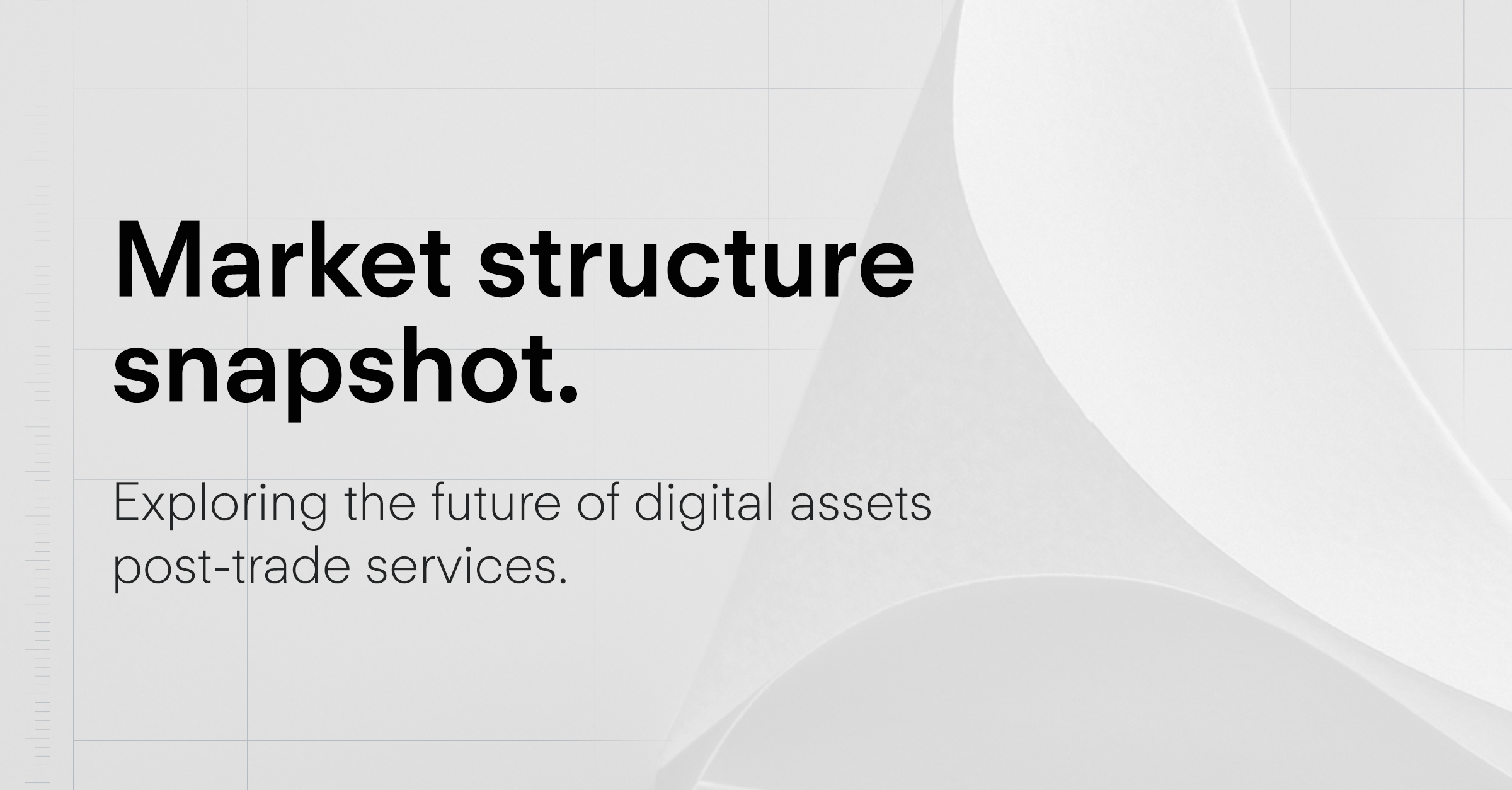
Why? Well, despite the huge boom in interest in Initial Coin Offerings (ICOs) in 2017 and 2018, investors reported significant concerns over profitability and return on their capital.
Users who contributed to the EOS ICO in 2018 would have seen just 4% returns, despite the project raising over $4bn.
Telegram’s ICO, touted as the biggest crowdsale in years, gained $1.7bn from private investors. But the token hasn't been distributed yet and there are only a few months remaining before their self-imposed deadline of 31 October, at which point all capital will be returned to investors.
Since the first ICO in 2013 for Mastercoin, hundreds of blockchain projects from payment providers to smart city networks have sought injections of public cash.
As of Q1 2019, ICO funding has fallen off a cliff.
Year-on-year, the amount invested in ICOs has dropped by as much as 97%.
January 2018 saw over 150 ICOs meet their target, with over $1.5bn raised.
Fast forward 12 months and investment had dropped to a little over $100m with just 25 projects completed.
In mid-2017 along came this new proposition, IEOs. They work in much the same way as ICOs, with a few key differences.
Recent research from Hong Kong cryptocurrency exchange BitMEX suggests that IEOs are ICOs in all but name.
“In this relatively challenging climate to raise funds, some projects have changed the ‘C’ in ICO to an ‘E’, perhaps in an attempt to assist with raising capital,” they write.
“At least for now, to some extent, this appears to be working...However, we remain sceptical about the prospects for long term investors.”
$38.9m has been raised in IEOs so far in 2019, with Binance’s Launchpad the most successful platform.
IEOs issue token offerings to the public in a crowdsale, with a price set by the issuer.
'Developers mint a certain number of tokens and forward them to the exchange. From there, the tokens are sold on to investors who have a KYC-backed account with that exchange.
It makes sense that cryptocurrency exchanges, which may already have thousands or tens of thousands of daily customers, can provide a large pool of potential investors to IEO listings.
There is no limit to the number of IEOs an investor can put his/her money into.
IEOs have a target amount they wish to raise, usually in the millions or tens of millions of US dollars. Ratings agency ICO Rating has this list of upcoming and ongoing IEOs.
A cryptocurrency exchange effectively underwrites each offering by screening the project before it is launched to the public. This nominally provides better protection for investors as token issuers are piggybacking on an exchange’s reputation.
For example, Seattle’s Bittrex announced its first IEO on 13 March 2019. Two days later, it cancelled the $6m RAID token offering, saying there were material concerns about the viability of the project.
Will Wang, head of business development at Singapore exchange Huobi shared concerns that a recent IEO for ThunderCore listed on its Huobi Prime Lite platform may have seriously damaged the exchange’s reputation after an outcry from early investors.
Embattled exchange Bitfinex, which is embroiled in a legal fight with the New York Attorney General over $850m of losses around stablecoin Tether, claims to have received $1bn USDT in “hard and soft commitments” for its IEO.
As ever, investors will tend to trust exchanges in general good standing.
Returns, as shown below by that BitMEX report, tend to be more positive than for ICOs.
As a relatively new proposal, the regulatory terms for IEOs are not consistent worldwide.
Country-level regulators will often mandate that any project issuing an IEO has some kind of digital asset licence, if there are applicable laws in place.
The self-described ‘Blockchain Island’ Malta, home to Binance, says that any IEO must abide by the rules of the Virtual Financial Assets Act. These are the same terms in place for any company putting forward an ICO for public sale.
At New York’s Consensus 2019, the chief cryptocurrency advisor to the US Securities and Exchange Commission, Valerie Szczepanik said that any platform seeking to list tokens in an IEO may be breaching securities laws.
She counselled: “If they are not registered they will find themselves in trouble in the US. If they have a US issuer or US buyers, if they are operating on the US market.”
Insights

Market Insights
23.01.2024

Coppercasts
12.07.2024

Company News
23.07.2024